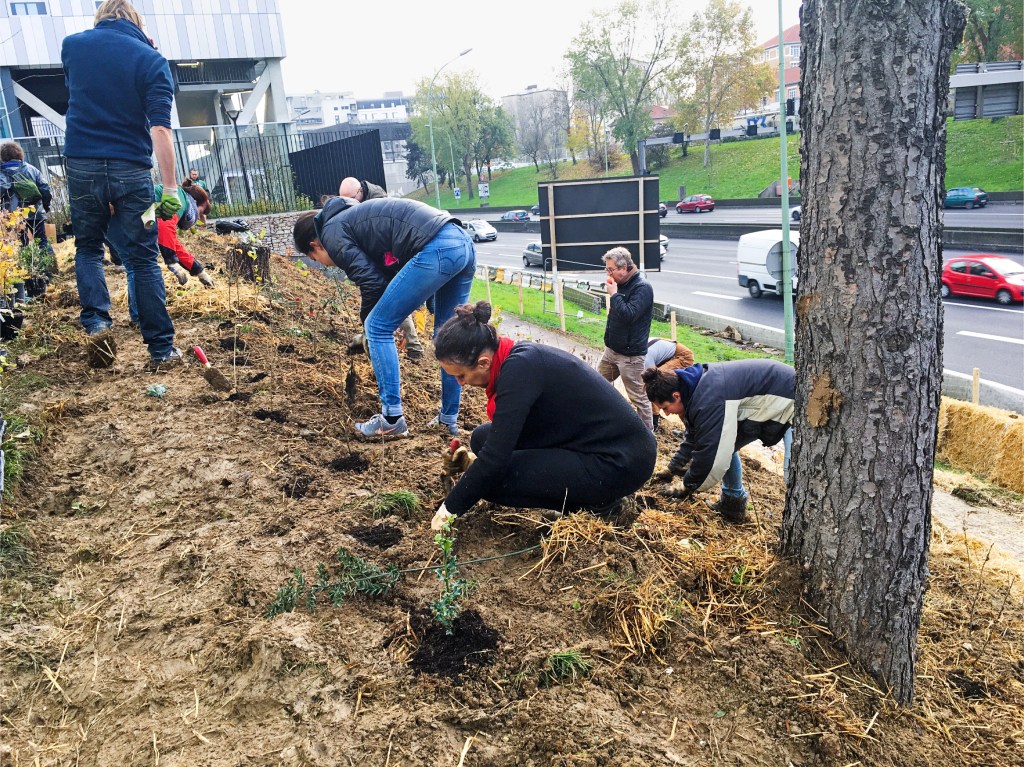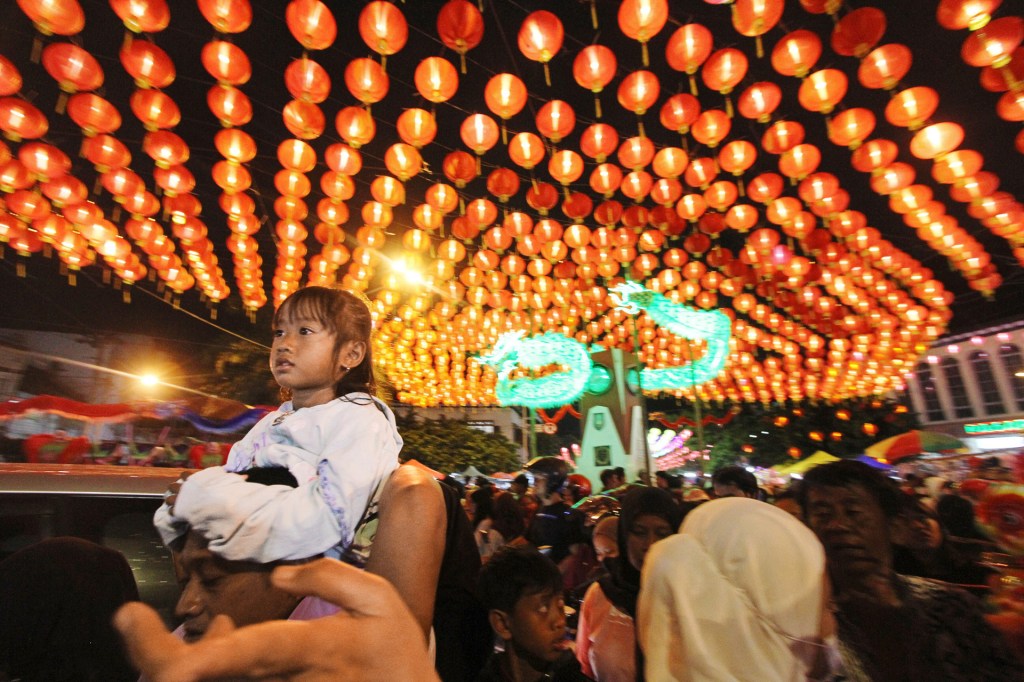Going Green

What do you envision when you think of a forest? You probably imagine a vast stretch of land covered with trees. But as traditional forests are destroyed, tiny forests—some as small as a tennis court— have sprung up in cities around the world. They’re increasing biodiversity and fighting climate change.
These mini forests are inspired by Akira Miyawaki. He’s a botanist, or plant scientist, from Japan who pioneered a unique way of growing forests. It’s known as the Miyawaki method. It involves planting a wide variety of native trees close together and leaving them to grow into a dense forest. Miyawaki has planted more than 1,000 of these in Japan and other countries.
The Miyawaki method is said to grow trees 10 times faster than other methods. And these tiny forests are more biodiverse than traditional forests. That’s according to a 2018 study by Wageningen University, in the Netherlands. The study says the diversity of tree species attracts a greater variety of insects and amphibians looking for food and shelter.
Growing Movement
The Miyawaki method has become popular in Europe. Boomforest is an organization in Paris, France. In November, it planted two forests using the Japanese botanist’s technique. The group also teaches people how they can grow their own mini forests.
In the Netherlands, IVN Nature Education has helped communities build 100 forests using the Miyawaki method. It plans to double that number by 2022. The group also educates kids about tiny forests.
Simon Lewis is excited about tiny forests. He’s a professor of global change science at University College London, in England. Lewis explains that it’s important to grow trees because they absorb carbon dioxide, or CO2. That’s a gas that contributes to climate change.
But not all methods of growing trees, and not all reasons for doing so, help the planet. As an example, Lewis points to trees grown and cut down to make paper. “When that paper is thrown away, it rots,” he told TIME for Kids. “Carbon is released back in the atmosphere.” And the trees, of course, are no longer there to soak up CO2.
Lewis hopes more people will use the Miyawaki method to plant mini forests. While talking with TFK, he said, “This interview has inspired me to try to get one going where I live!”












